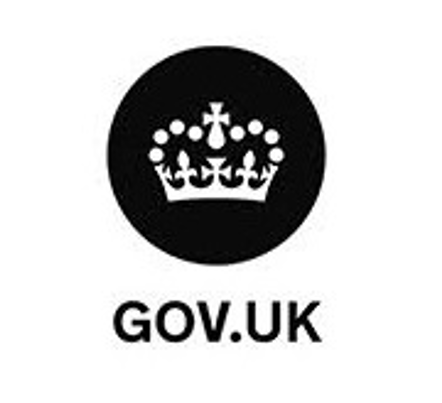
9:51 AM, 31st January 2019, About 5 years ago
Text Size
The following is taken directly from HMRC’s own internal manuals. Links to to the source web-pages can be found at the bottom of each section.
TCGA92/S162 applies where a person other than a company transfers a business as a going concern with the whole of its assets (or the whole of its assets other than cash) to a company wholly or partly in exchange for shares. Provided that various conditions are satisfied, see CG65710, the charge to CGT on the whole or part of the gains will be postponed until such time as the person transferring the business disposes of the shares.
The way the relief works in practice is that all or part of the gains arising on the disposals of the assets are ‘rolled over’ against the cost of the shares.
Relief under TCGA92/S162 is sometimes referred to as ‘incorporation relief’.
A claim is not required because the relief is automatic. However, the person transferring the business can make an election under TCGA92/S162A to prevent relief under TCGA92/S162 from applying, see CG65730.
Relief is available to individuals who are partners (even if one or more of the other partners is a company) where the whole of a partnership business is transferred to a company as a going concern.
The relief is computed separately for each partner.
Relief is not precluded where one or more of the other partners receive cash or a combination of shares and `other consideration’, see CG65720.
Relief is not available where a partnership or LLP incorporates into an existing corporate member. This is because the corporate partner already owns a share of the business assets, so the whole assets of the business will not have been transferred.
Relief under TCGA92/S162 is not available to companies but TCGA92/S140 provides a similar relief for companies on the transfer of a trade carried on outside the United Kingdom to a non-resident company, see CG45660+.
The interaction of the various reliefs available on the disposal of business assets is explained at CG60210+.
CG66974+ explains the relationship between claims under TCGA92/S162 and claims under TCGA92/S165 (hold-over relief for gifts of business assets).
Source >>> https://www.gov.uk/hmrc-internal-manuals/capital-gains-manual/cg65700
TCGA92/S162 (1) refers to the transfer of a `business’ rather than a `trade’.
`Business’ is not defined for the purposes of TCGA 1992 so the word must be given its normal meaning. It should be treated as including a `trade’ but it also goes wider than that. The terms `business’ and `trade’ are not synonymous.
It is a question of fact whether a particular activity constitutes a business. It is not easy to draw the line, and each case must be judged on its own facts.
The case of American Leaf Blending COSdn Bhd v Director-General of Inland Revenue [1978] 3 All ER 1185 (a Malaysian tax case heard by the Privy Council) is useful authority for what is meant by `business’ and highlights the fact that what may constitute a business if carried on by a company may not be a business if carried on by a private individual.
The meaning of ‘business’ in the context of incorporation relief was considered by the Upper Tribunal in the case of Ramsay v HMRC [2013] UKUT 0226 (TCC). That decision confirms that where the Courts have considered the words elsewhere the particular context of the legislation involved often restricted the meaning. The First Tier Tribunal had misdirected itself by relying too much on such cases.
In his decision, Judge Berner set out the relevant factors to establishing whether if an individual is carrying on a ‘business’ for the purpose of incorporation relief:
Firstly, there are the factors that point to the activities involved being broadly what you would expect in a business:
An important additional factor is the extent of the activities. The First Tier Tribunal found against Mrs Ramsay partly because it considered that the activities she undertook in relation to her property were “normal and incidental to the owning of an investment property”. That was not the correct test in this context:
‘It is the degree of activity as a whole which is material to the question whether there is a business, and not the extent of that activity when compared to the number of properties or lettings’.
Mrs Ramsay was found to have worked on the property for about 20 hours per week which was found to be sufficient to indicate the carrying on a business.
You should accept that incorporation relief will be available where an individual spends 20 hours or more a week personally undertaking the sort of activities that are indicative of a business. Other cases should be considered carefully.
Source >>> https://www.gov.uk/hmrc-internal-manuals/capital-gains-manual/cg65715
Show Book a Tax Planning Consultation
Previous Article
English Housing Survey - Rise of the PRS has stalledNext Article
TAX CASE STUDY - Landlord’s Joint Ventures Tidied Up